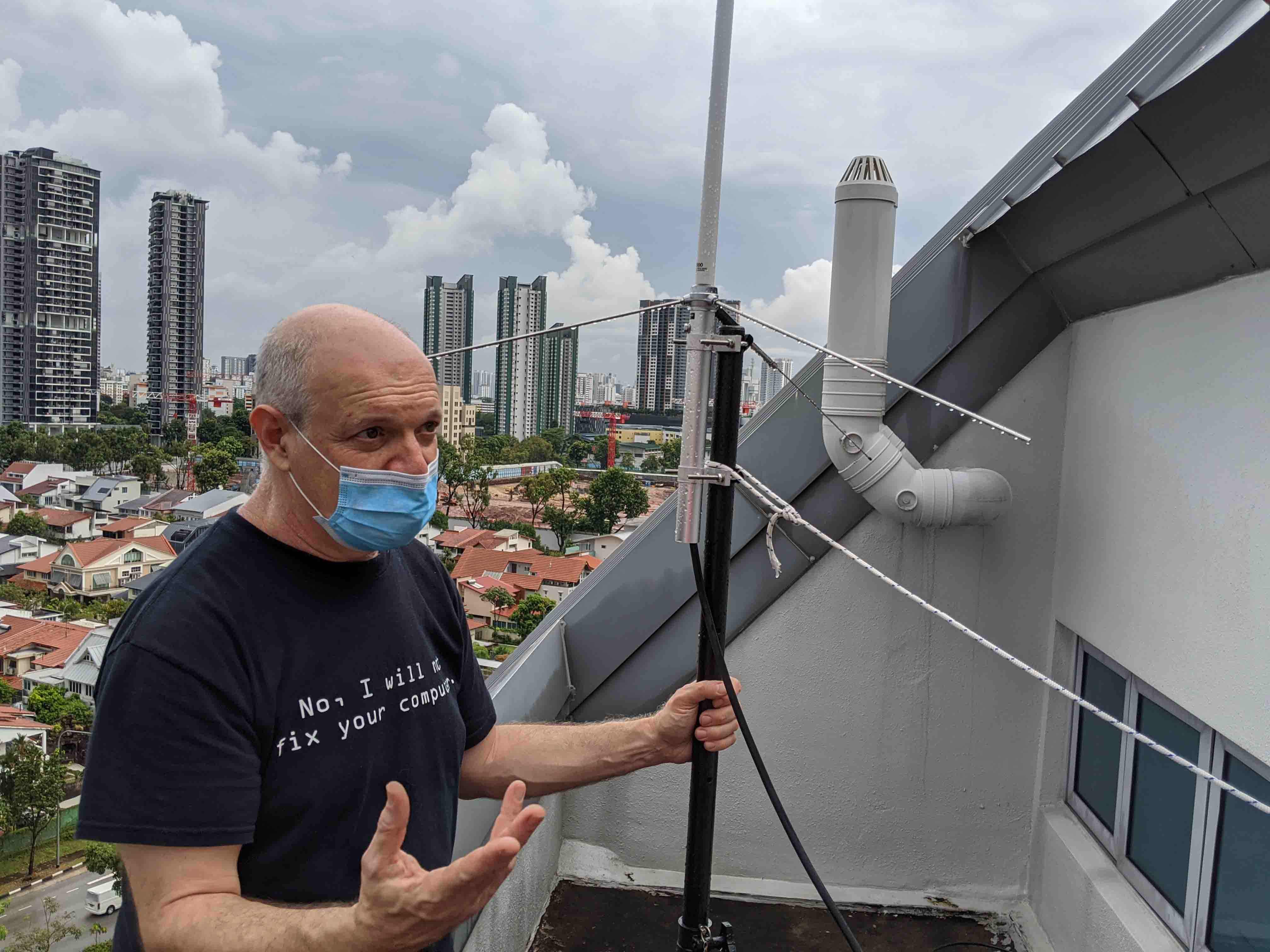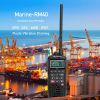VHF marine repeater

Principle of operation
VHF communication range depends mainly on the height of the antennas of the transmitting and receiving stations. By using VHF marine repeater stations, the range of ship to ship, ship to shore and shore to ship communications can be significantly increased.
VHF marine repeaters are unmanned shore installations usually located at geographically high points. They are designed to transmit and receive simultaneously and will retransmit or ‘repeat’ all signals received. Retransmitted signals can be received by any station listening on the repeater channel.
Limited coast stations operated by marine rescue organizations routinely monitor VHF repeater channels operating in their area.
Not all coastal areas are served by VHF marine repeaters.
VHF marine repeater channels
VHF marine repeaters operate in the Duplex mode on channel 21,22,80,81 or 82. For their own safety, boat owners should ensure that they are familiar with the location and operating channel of their local repeater. Digital selective calling alerts using VHF must be confined to channel 70 and will not operate through repeaters.
Use of VHF marine repeaters
In most cases VHF marine repeaters are installed and maintained by marine rescue organizations as a service to mariners and are available for use by all licensed VHF ship stations. However, in order to minimize congestion, if direct ship to ship or ship to shore communications are possible on a non-repeater channel, this must be used in preference. Repeater channels must not be used as chatter channels. Communications must be restricted to those concerning the movements of vessels and safety of vessels and persons. To discourage lengthy conversations, repeaters will incorporate an automatic time restriction of approximately thirty seconds.
If not apparent by monitoring, a ship station can gain an indication of its ability to access a repeater by momentarily depressing the microphone button. If a brief(approximately one second) burst or ‘tail’ of noise is heard from the loudspeaker when the button is released, then the vessel is activating the repeater. If a tail is not heard, it is probable that the vessel is out of range of the repeater.
Operators using VHF equipment equipped with an ‘International’ channel switch should note that it is essential that the switch be in the ‘International’ position to access repeaters.
If you want to know more about VHF repeater, please contact us any time: info@retevismarine.com or Retevis Marine Radio (@RetevisMarine) / Twitter.






